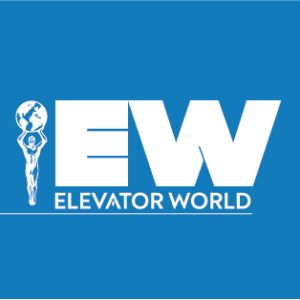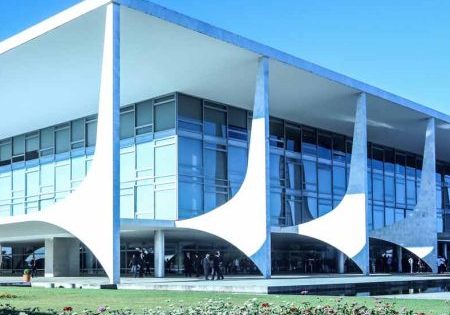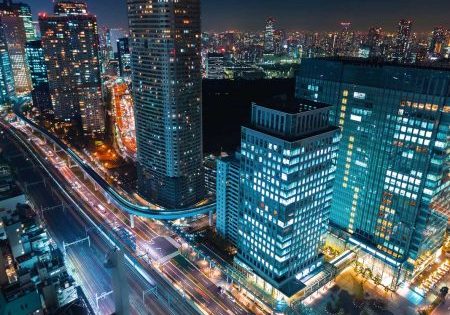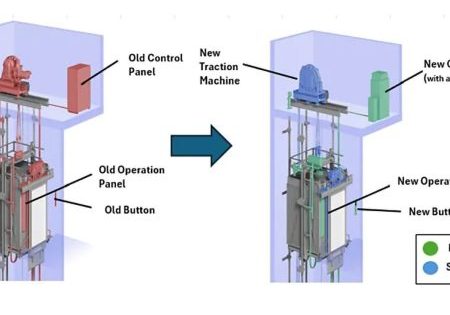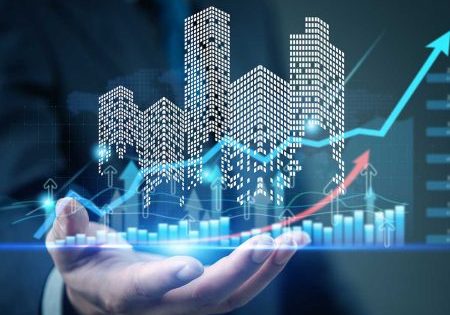Digital Maintenance and Field Use of Devices in Compliance With 81-28 Standard
May 19, 2025
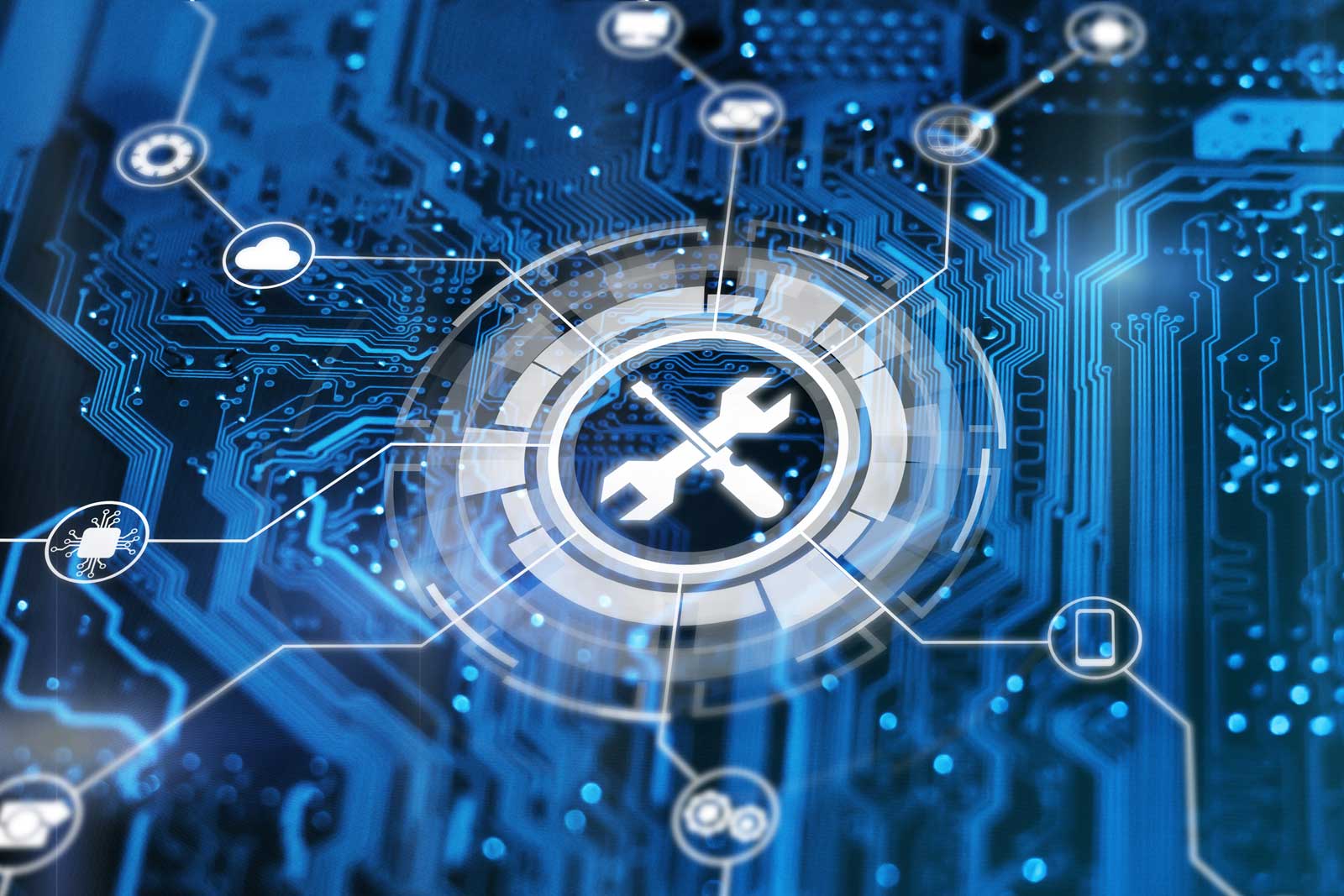
by Nurullah Pireci
Abstract
Digital maintenance is the development of technology worldwide and the beginning of digitalization in the lift industry in the light of these developments. It encompasses the reality that every job we do has become traceable and reportable, and the software used in preventive maintenance work has become part of our lives. The contributions of 81-28 devices implemented in our country to digital maintenance will be examined under this topic.
Let’s Begin With the Definition of Maintenance
Paragraph (e) contains the definitions and abbreviations section of the lift operation and maintenance regulation.
Maintenance refers to the operations carried out periodically, at least once a month, by the lift installer or its authorized service to ensure the continuity of the lift’s form, and to design or renew its components, functions and safety requirements throughout its life after it has been put into service in accordance with the relevant legislation.
Although I want to avoid repeating the sentence here, when we look at the definition of maintenance, we are talking about the design of itself and its components, functions and safety requirements throughout its lifespan and ensuring its continuity as per the relevant legislation. This means that the lift offered to the market must be green-labeled, as the market calls it, and this green label must also be sustainable. If the lift changes from a green label to a different label, it should be a matter of discussion whether the maintenance is correct.
Firstly, the maintenance companies must be familiar with the lift operation and maintenance regulations. As what should be done is described here, they should not be keen on making revisions, avoiding the cheap maintenance we see in the field. Failure to properly maintain lifts, as well as excessive wear and tear, may endanger lift use and may require major repairs. It would be better to perform the correct maintenance instead of high-cost repairs.
Let’s examine the definitions of maintenance:
Periodical Maintenance
Maintenance performed to help increase equipment reliability, optimize performance and prevent unexpected failures.
Predictive Maintenance
Maintenance performed to determine the maintenance calendar by evaluating the Internet of Things (IOT) sensors, corrosion and vibration measurement results and to take precautions against possible accidents.
What Is Digital Maintenance and Digitalization?
The digitalization infrastructure described globally with the IOT and Industry 4.0 systems is not just the storage and the transfer of data through systems such as e-mail.
Digitalization is a medium where data can be viewed instantly, reports can be obtained, mutual interaction is achieved, machines can talk to each other, receive reports and, finally, create predictions and guides through the AI system.
We can summarize the digitalization infrastructure under two main headings:
– Lifts and users
– Lift maintenance companies and lift maintenance technicians
Digitalization in lifts makes these vehicles — the indispensable part of modern city life — safer, more efficient and user-friendly. We can examine the importance of digitalization for lifts under the following headings:
1. Safety: Digitalization plays a critical role in enhancing the safety of lifts. Sensors, cameras and IOT devices can continuously monitor the operating status of lifts, detect abnormal situations and automatically perform emergency stop operations when necessary. Additionally, digital systems can warn of malfunctions or maintenance requirements in advance, thus preventing unexpected accidents.
2. Efficiency and Energy-Saving: Digitalization increases the efficiency of lifts. Smart lift systems can analyze usage density to optimize energy consumption and can operate lifts in the most efficient way. For example, it can regulate lift traffic in the building and decrease the number of idle lifts.
3. Remote Monitoring and Management: Lifts can be monitored and managed remotely thanks to digitalization. This is a great advantage, especially in large buildings and places where there is a high number of lifts. Service providers can instantly monitor the situation of lifts, detect problems quickly and even respond remotely in certain cases.
4. User Experience: Digitalization improves user experience. Smart lifts can automatically select preferred floors by learning users’ movements or optimize lift call processes to minimize waiting times. Moreover, user interaction can be increased through touchscreens, voice commands or mobile applications.
Maintenance Administration in Terms of Lift Maintenance Companies and Lift Maintenance Technicians
It is a critical factor in ensuring the efficiency and operational continuity of a business. Digitalization is a strategy used to make maintenance administration more efficient and effective. Computerized management systems are one of the cornerstones of this digital transformation. These systems help businesses to plan, monitor and analyze their maintenance activities. They also collect equipment data and analyze it to give pre-failure warnings. In this way, they optimize maintenance administration processes and accelerate your business.
1. Ease of Maintenance and Repair: Digital systems makes maintenance of lifts more predictable and effective. Pre-failure warning systems and detailed monitoring reports help maintenance teams resolve problems quickly, resulting in longer-lasting and safer lifts.
2. Data Analytics and Artificial Intelligence: Digitalization allows analysis of data collected from lift systems. The data provides information on how lifts are used, at what times they are busy and what kind of problems occur. These analyses help further optimize the systems and develop solutions more appropriate to user needs.
3. Tracking of Materials and Warehouses: Having a variety of brands of materials used in each lift, the necessity of keeping track of the materials carried by the personnel, the ability to instantly enter the parts installed in the lifts into the system and measuring the material turnover rates with reports provide efficiency from many aspects.
4. Effective Tracking of Examinations: Periodic examination of lifts must be performed once a year, as per the regulations and the maintenance company is liable to accompany examinations. Digital systems provide convenience in tracking these procedures.
5. Instant Tracking of Rescue Services: Rescue operations, which must be provided 24/7, are important to human health and safety. Tracking of rescue devices and the tracking of processes upon warning is conducted at the highest level through digital maintenance.
6. Tracking of Accounting Procedures: Issuing invoices for procedures such as maintenance, revision and other processes; collection; and harmonious operation of other accounting processes provide convenience.
Tracking of other various processes ensures effective and prompt use of interactions, warnings and predictions.
Digital Maintenance Requirements
Software and hardware that must be present in the digital maintenance infrastructure are as follows:
– An infrastructure software requiring system integration
– APK software required for field operations
– A tracking device to monitor lifts online
– A cloud-based server
– Security systems
– Mastering the PDP system
– Sensors
Why Digital Maintenance?
Maintenance-repair procedures in our industry are difficult in terms of implementation. Lifts that will be subject to maintenance and repair are generally located in different places in a city or even in different cities. Moreover, 80% of personnel are in field operations. It is quite difficult to offer 24/7 rescue service in terms of time.
– Knowing the lifts in the field better
– Organizing and deploying personnel in the field more effectively
– Following up business processes
– Being able to control materials and warehouses
– Being able to follow current and accounting procedures
– Being able to analyze system by receiving reporting
– Planning tomorrow by looking at the past
– Minimizing errors and deficiencies through automated warnings
– Being accessible
– Being able to control the system from anywhere
Devices in Compliance With 81-28 Standard and Digital Maintenance Connection
Approximately six years have passed since devices complying with the 81-28 standard became mandatory in Türkiye.
Although some industry stakeholders provide information that devices compliant with the 81-28 standard have many advantages for the lift industry when used correctly, and while we see examples of this in Europe, unfortunately, devices compliant with the 81-28 standard have not seen the level they deserve due to many reasons such as wrong perception games, the ministry’s failure to structure and manage this process well, industry stakeholders seeing such devices as a burden and managers not being provided with sufficient information on this issue.
In these days when digitalization is at the forefront, some voices have started to come to the point where they are trying to find out how they can position 81-28 devices here.
81-28 devices can be one of the most important building blocks of digital maintenance by being positioned in a way that can mediate some data flows in the lifts (such as online monitoring of lifts, whether the lift’s machine room is entered, monitoring of rescues.)
Such devices are used in Europe or globally. BRM products have infrastructure for this system. Approximately 100 devices in the U.K. operate in this way.
The Level of Digital Maintenance in Türkiye
There are approximately 3,200 companies with HYB (Hizmet Yeterlilik Belgesi, which translates to Service Qualification Certificate) certificates in our country. Approximately 15% of these companies use lift maintenance and repair tracking programs. These software programs are generally not considered full digitalization but what we can call a semi-digital system, designed to meet the urgent and daily needs of companies, shaped according to field demands, but they do not plan for the future, do not provide full control and are not written by corporate companies. They are generally written by sole corporations. Exceptional programs are almost non-existent in the field because they are evaluated based on price.
The programs actively used in the field do not have the features and vision to carry companies forward.
Difficulties Encountered in the Field
Difficulties encountered in the digitalization of maintenance and repair processes:
– Small-scale companies and a low number of lifts that companies provide maintenance services
– Price-oriented maintenance procedures
– The existing regulations are designed to ensure frequent maintenance but not effective maintenance.
– Companies not having adequate information on regulations and standards
– Low number of trained personnel
– Maintenance personnel do not want to be inspected in the field.
– Some of the motherboard manufacturers have no online tracking infrastructure, while some of them do not want to share data but to make companies depend on them.
– Companies consider digital maintenance processes a burden and avoid responsibility.
– They believe in superstitions rather than facts about digitalization, or that digitalization is difficult and something they cannot handle (such as using a body camera and that data will be sold to other companies.)
– Maintenance companies consider the investment to be made in digitalization burdensome and do not want to make any investment.
Perspective of Government Agencies on Maintenance
The Ministry of Industry and Technology of the Republic of Türkiye, to which we are subject, has established a structure based on the short intervals of maintenance and inspections that we see in the current regulations. However, it has recently started to be clearly observed that such an approach is not correct. The increasing frequency of accidents in lifts and the fact that these accidents are generally passenger accidents have necessitated new approaches.
It has been decided that maintenance obligations are not fulfilled based on the samples received from the field. It has begun to be discussed that the monitoring of maintenance work should now be based on effectiveness. The most important pillar of this new approach has been built upon digitalization. In the newly prepared draft regulation, the issue of digitalization was brought to the forefront, and efforts were made to deploy the control mechanism at every step. We have time to change the deficiencies in this draft and the approaches we find wrong. What matters is that we consult and present to the Ministry approaches that are correctly designed and that will take the sector forward.
Conclusion
Technological developments around the world and in our country, as well as the legislative changes planned by our Ministry on digitalization, show that digitalization will now inevitably take place in our industry.
The steps to be taken in the face of the non-acceptance and ignorance we have seen regarding the previous innovations and legislative changes in the industry, unfortunately, come back to us as an imposition by authorized institutions.
Our approach as the industry should be to act, not by thinking what harm we will suffer regarding these developments, but by considering what benefits they can provide. We should organize digitalization infrastructure together with the authorized organizations and ensure right actions are taken.
Industry officials should show the industry the best methods through training, articles and other information tools on digitalization.
We must use technology in the best way to be able to see and analyze our past, control our present and plan our future in the best way possible.
Get more of Elevator World. Sign up for our free e-newsletter.
